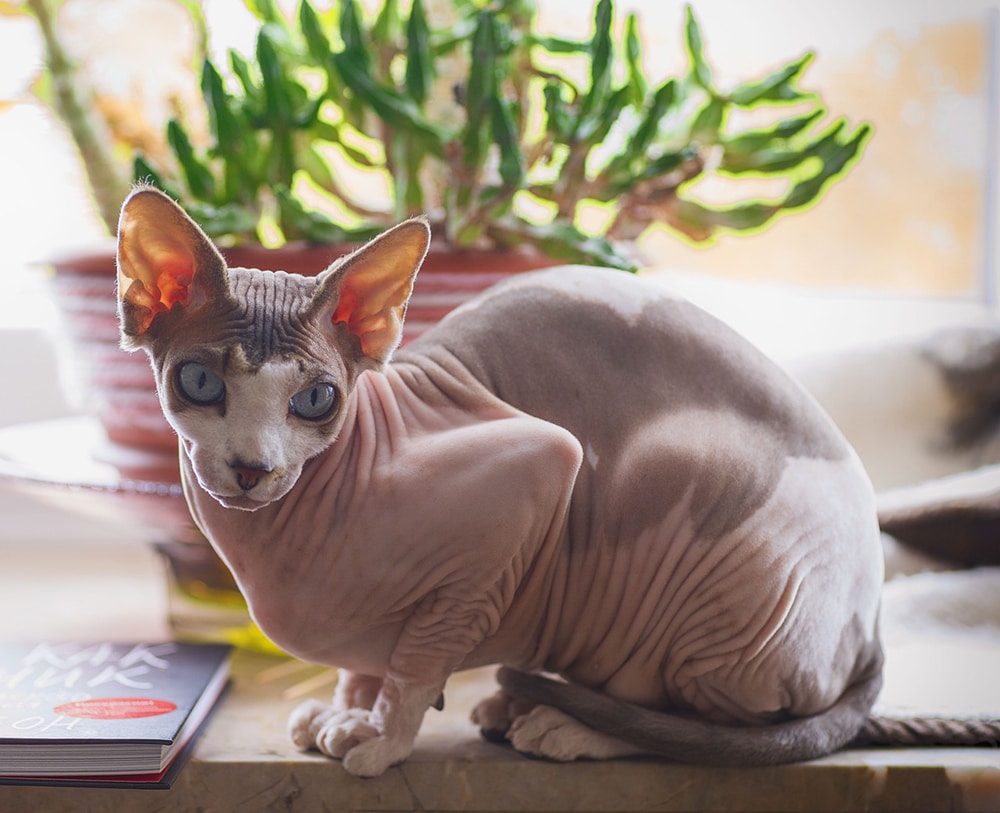Ever wondered if your feline friend can actually understand you, even if you switch between languages? Dr. Lauren Demos has some fascinating insights into this curious topic, thanks to her own experiences and a particularly chatty cat named Pancake.
Cats have been our companions for over 10,000 years, adapting to cultures where they’ve been both revered and cherished. Their ability to thrive in diverse environments might make one ponder just how much they really get from us – humans speaking multiple languages around them.
Dr. Lauren Demos, a veterinarian with a decade under her belt in feline-exclusive practice, suggests that cats can indeed grasp multiple languages, albeit in their unique way. She notes that cats possess a rich variety of vocalizations – at least 21 distinct sounds. Her cat, Pancake, seems to use many of these just to say ‘feed me’ in different ways!
The idea of cats communicating with humans isn’t far-fetched and has even led to inventions like a Japanese device claiming to translate cat language. Today, apps like MeowTalk offer similar features, trying to decode the mysterious meows of our furry pals. Dr. Lauren’s trials with Pancake amusingly concluded she often says ‘I love you.’
On platforms like YouTube, there are cats like Billi, who use pet buttons to communicate complex ideas in English. Billi’s favorite button to press says ‘mad,’ much to the amusement of her viewers. These examples point to the possibility of cats attempting to ‘talk’ in ways we might understand, even if they’re not truly multilingual.
Interestingly, many cats come from multilingual homes and seem to respond to commands in different languages, as observed by Dr. Lauren. Whether it’s English, Spanish, or Russian, these cats show an ability to react to varied spoken words.
Beyond words, cats are masters of non-verbal cues. They respond to facial expressions, slow blinking, and even clicker training. This non-verbal understanding adds another layer to their communicative abilities, allowing them to connect deeply with their humans.
In Dr. Lauren’s experience, whether witnessing cats in the clinic or the famed Circus Cats performing in Chicago, it’s clear that both verbal and non-verbal communications enable them to form strong bonds with their owners.
In short, while your cat might not be a polyglot, it’s reasonable to say they’ve got a good grasp of multiple languages. Whether it’s reading your facial expressions or responding to commands in different tongues, cats are skilled at picking up cues that help them relate better with their human families.










